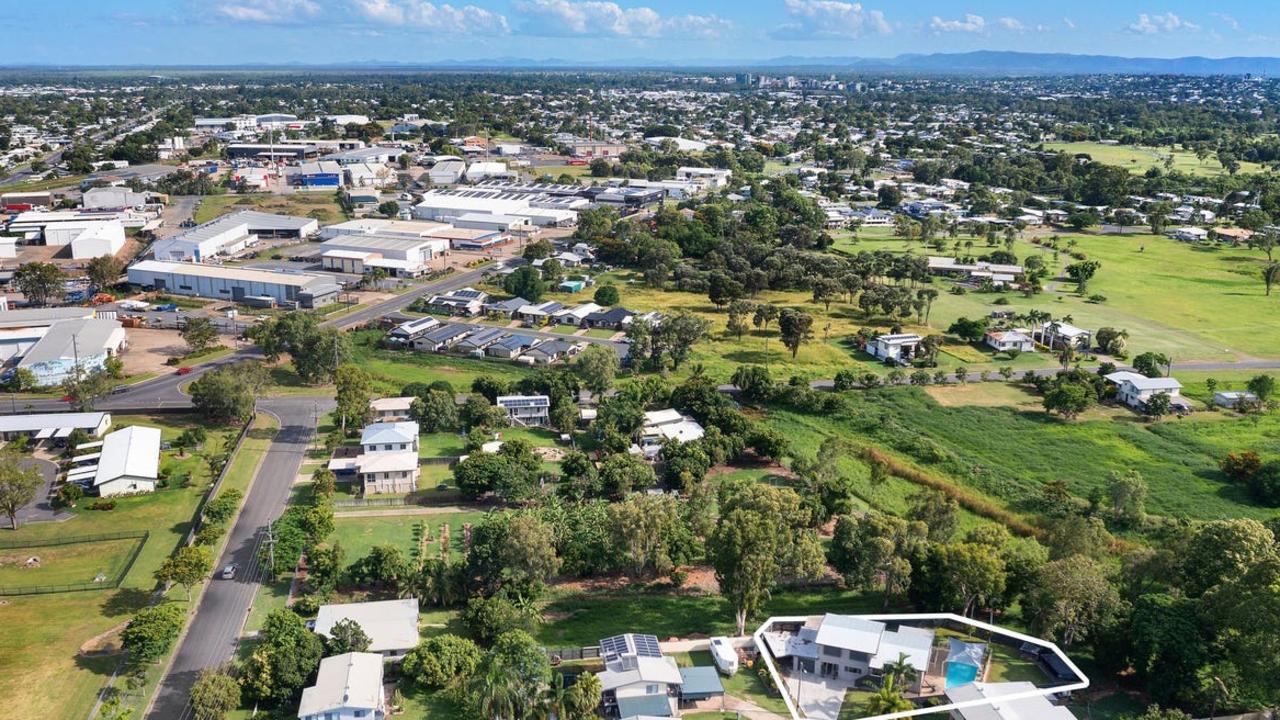Centenary exhibit: CQ's civic history and future challenges
Contact the Rockhampton History Centre if you would like to donate old photos, film, or paper materials to the Central Queensland Collection.

Rockhampton
Don't miss out on the headlines from Rockhampton. Followed categories will be added to My News.
A GLIMPSE through the historic archives of Rockhampton and surrounding regions' governance reveals a history filled with arguments, controversies, and drama.
The Greater Rockhampton Scheme exhibition was launched at the South Rockhampton library this afternoon.
It marks 100 years since the regional councils amalgamated in order to solve water supply problems forthcoming from the 1918 flood.
"Local government is always more reflective of its people's ups and downs compared with other levels of government, which are a bit more removed,” Mayor Margaret Strelow said.

"What hasn't changed is Rockhampton is a strong regional centre with interesting stories and characters... and great weather.”
There's the story of Mr Coker, the first town clerk for North Rockhampton, who was arrested in 1890 after misappropriating funds for the previous four years.
Then there's the poem about goats trampling people's verandahs in the 1860s, keeping them awake at nights.
"Rockhampton learned to jitterbug and eat hamburgers, during the years it was an operational base for the American military,” Cr Strelow said.
"Yet all of this is a drop in the bucket compared to the history of indigenous people living on this land.”
The mayor was on hand to start off the NAIDOC Week march which progressed along East St over the Fitzroy River yesterday morning.
"We have some history to be proud of, but also a lot to learn about when it comes to living together in the same community,” she said.
"It heartens me the Archers were considered to be friends of the indigenous people.”
Cr Strelow said she believed people didn't really understand Rockhampton until they saw it in flood.
"We have such a special relationship with the Fitzroy; it is stunning, absolutely majestic when it is in flood.
"Hopefully the mitigation schemes we are putting in place will see us move away from the worst of the economic damage that traditionally caused us.”
In terms of what Rockhampton will look like in another hundred years, Cr Strelow's major push is to reduce the region's reliance on its capital city.
"I hope we have the political courage to nominate a number of second-tier cities which will uphold a minimum standard of services, including health and education,” she said.
"If we try and give everyone the same, we all end up with a lower level of facilities and providers.
"I envision a string of 'beacon' communities, which all Queenslanders can access within three hours drive, not just along the coast but out west as well.”
To begin with, though, the mayor is railing against Rockhampton's substandard NBN arrangements.
"The Mackay CBD, one of our competitors, has greater bandwidth and speed than we do,” she said.
"And I have yet to be convinced that wireless solutions will improve matters.”
The exhibition traces the local council from 1860 when the first Municipality of Rockhampton was declared, through to 1919 when the Rockhampton and North Rockhampton regions amalgamated under the Greater Rockhampton scheme.
It is open during the library's normal opening hours until Thursday, August 8.
Contact the Rockhampton History Centre on 4936 8040 if you would like to donate old photos, film, or paper materials to the Central Queensland Collection.
Originally published as Centenary exhibit: CQ's civic history and future challenges


